Plantfit
Log in / Register
Existing customer?
New customer?
Create an account to track your orders, access our customer service and, if you wish, make the most of our upcoming offers.
My Account
Hello
Shipping country and language
Your country of residence may be:
For a better user experience on our website, you can select:
Your shipping country:
Andorra
Austria
Belgium
Bulgaria
Croatia
Czechia
Denmark
Estonia
Finland
France
Germany
Greece
Hungary
Iceland
Ireland
Italy
Latvia
Lithuania
Luxembourg
Monaco
Netherlands
Poland
Portugal
Romania
Slovakia
Slovenia
Spain
Sweden
Switzerland
Language:
French
English
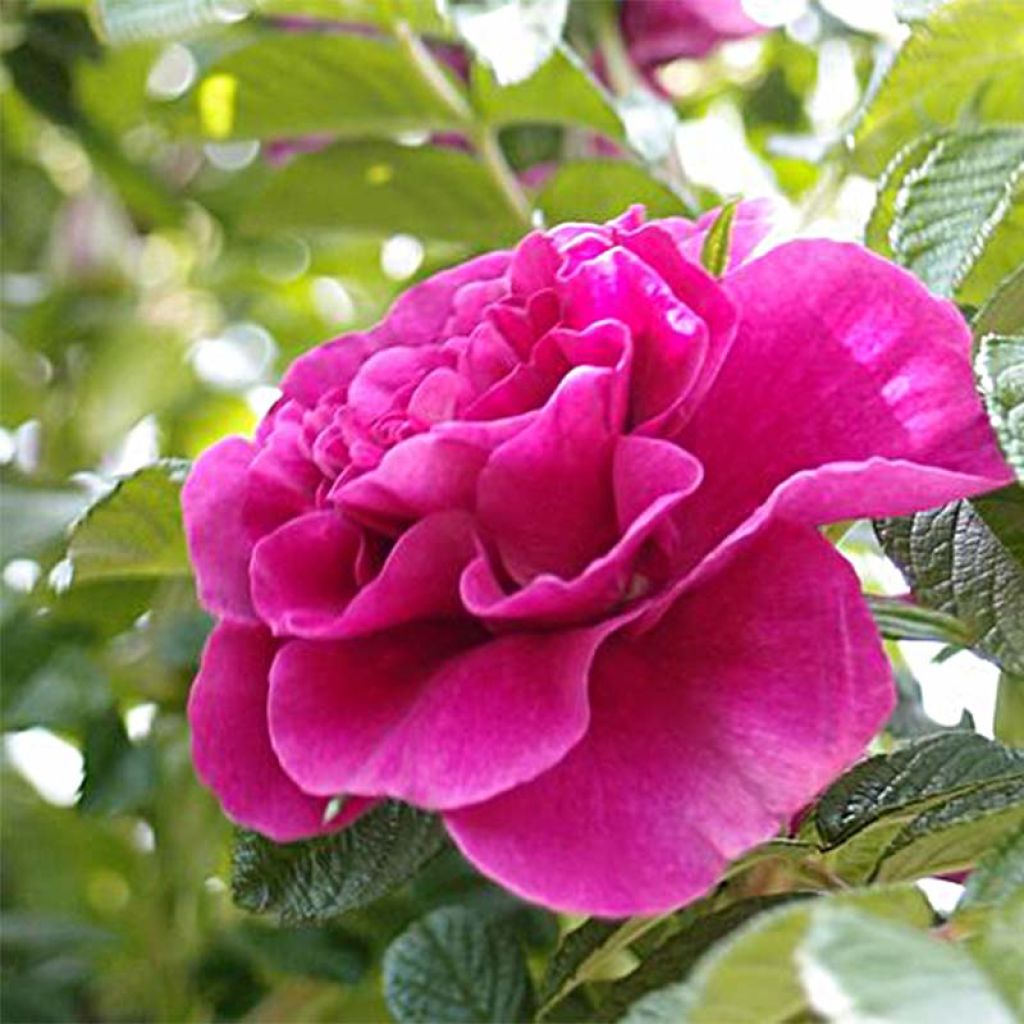

Rosier ancien Roseraie de l'Haye - Rosa (x) rugosa
View more pictures
Hide images
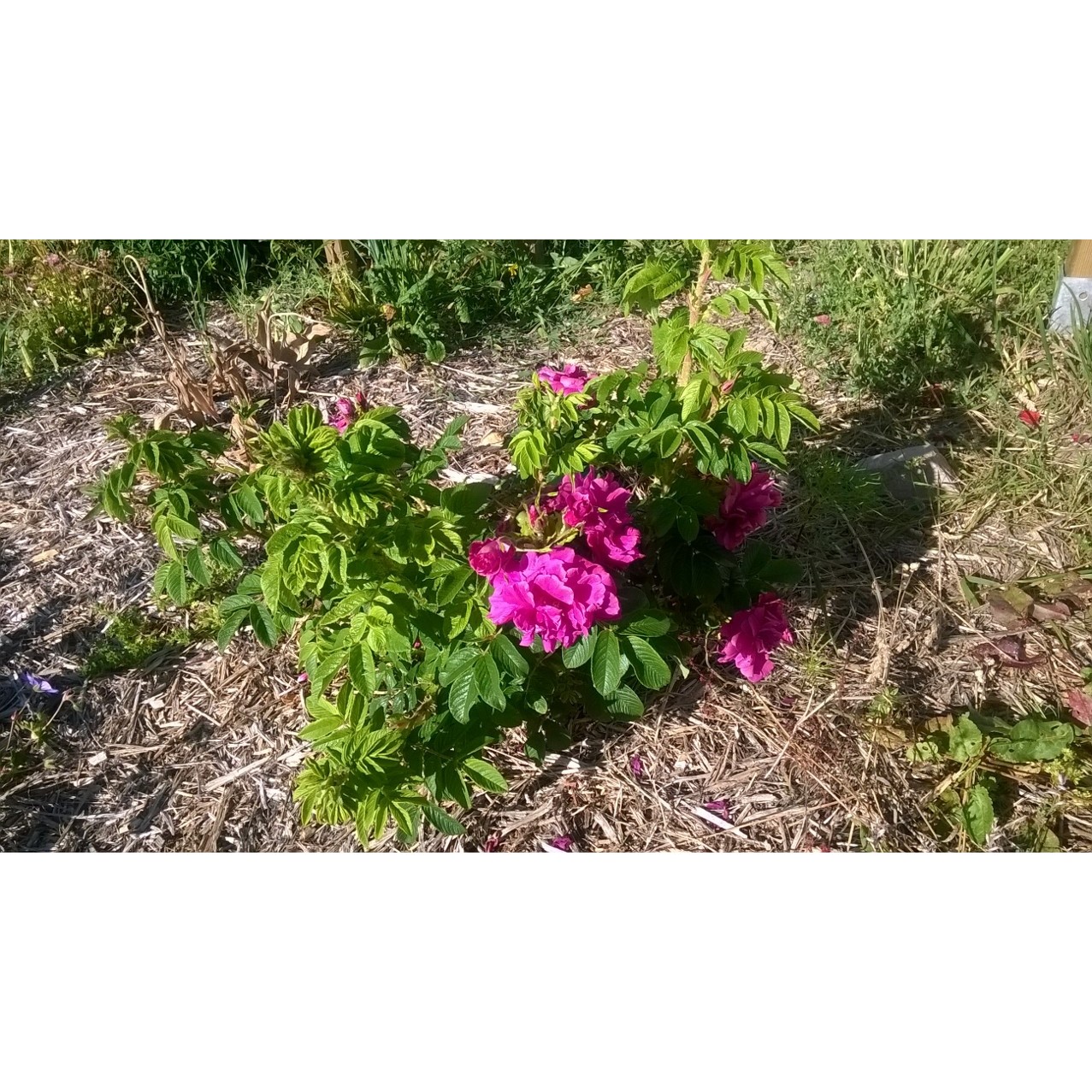
Camille L.

Rosa rugosa Roseraie de l'Haÿ 7 mois après la plantation.
Camille L. • 35 FR
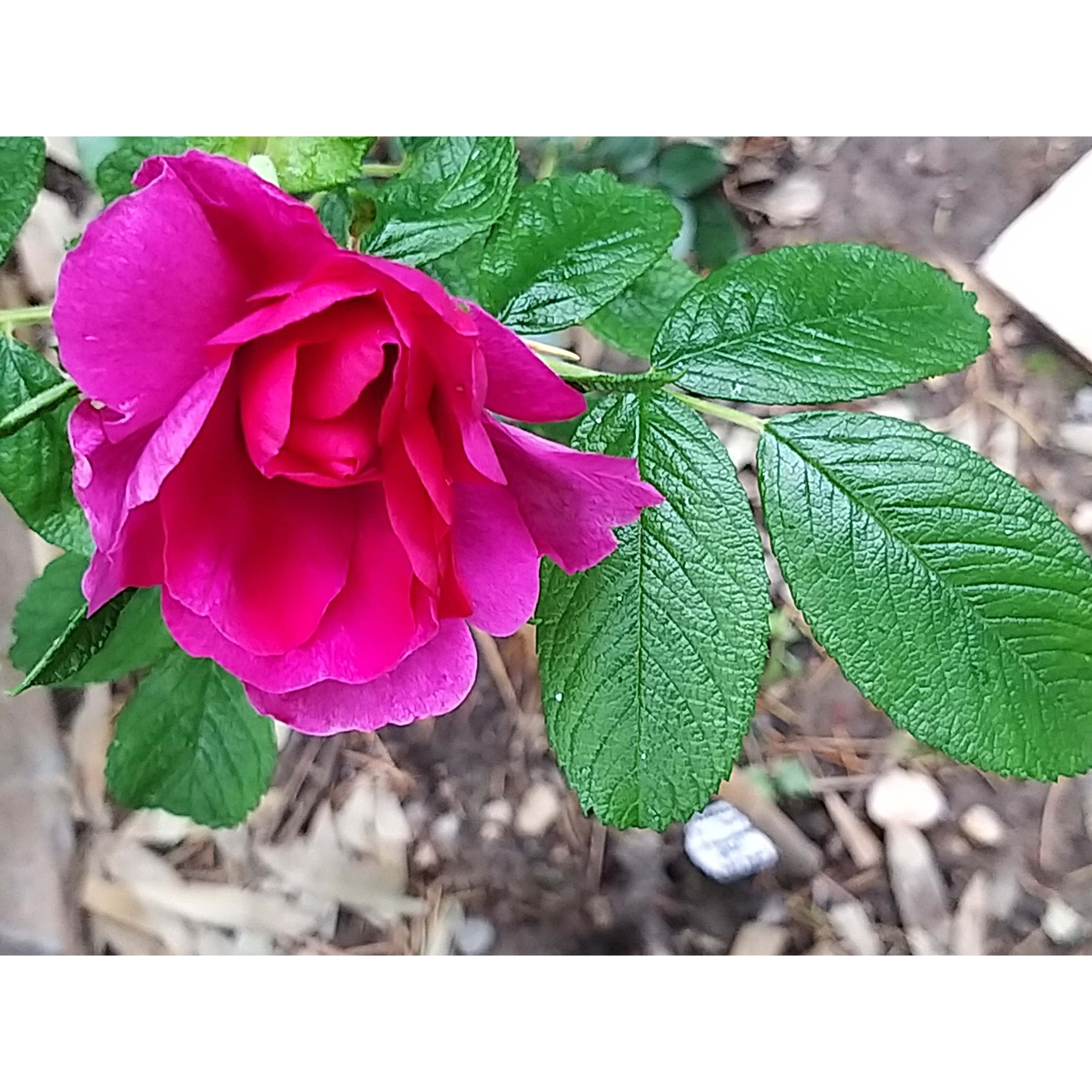
Thierry P.

Floraison d'avril - image 2
Thierry P. • 84 FR
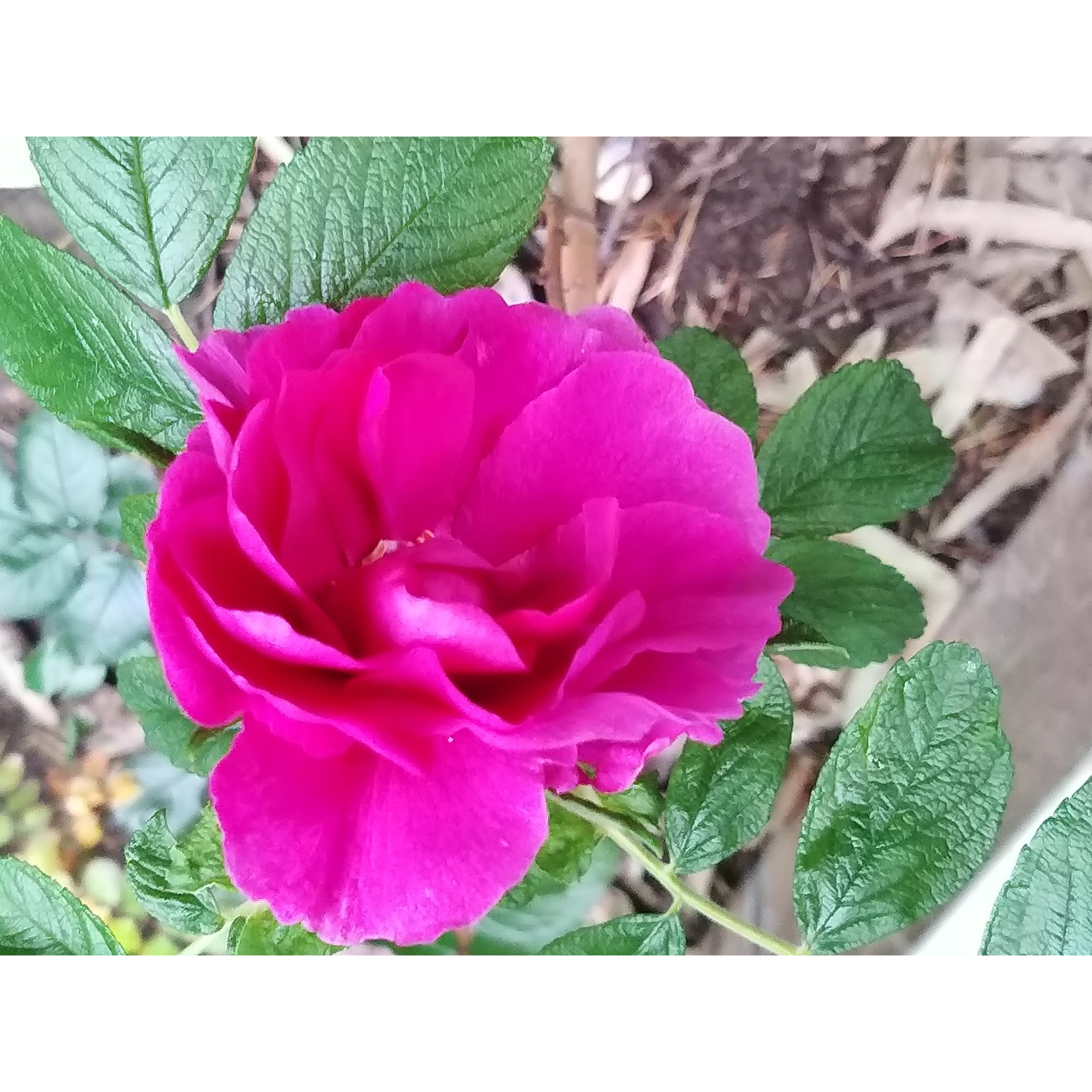
Thierry P.

Floraison de mai - image 4
Thierry P. • 84 FR
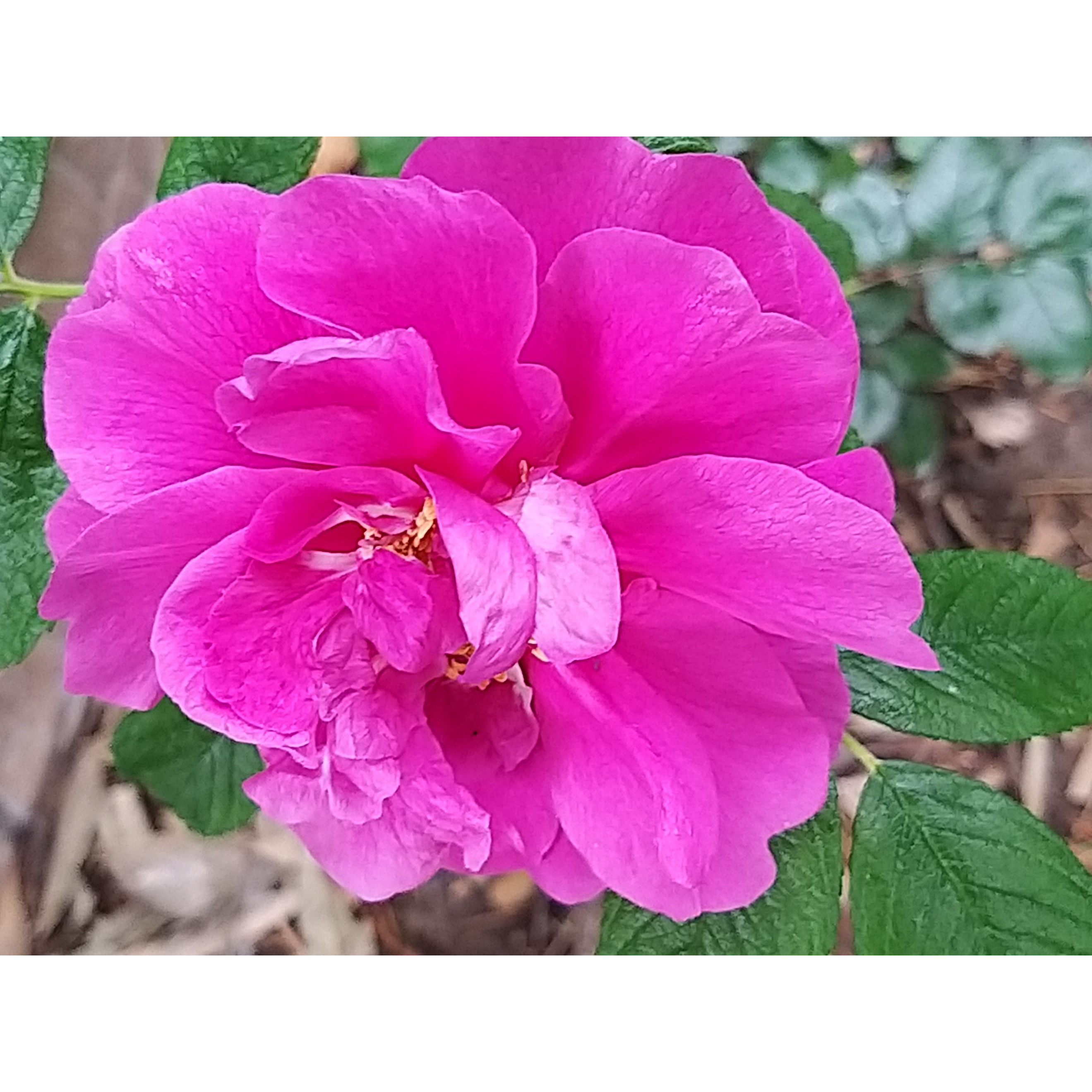
Thierry P.

Floraison de mai - image 5
Thierry P. • 84 FR
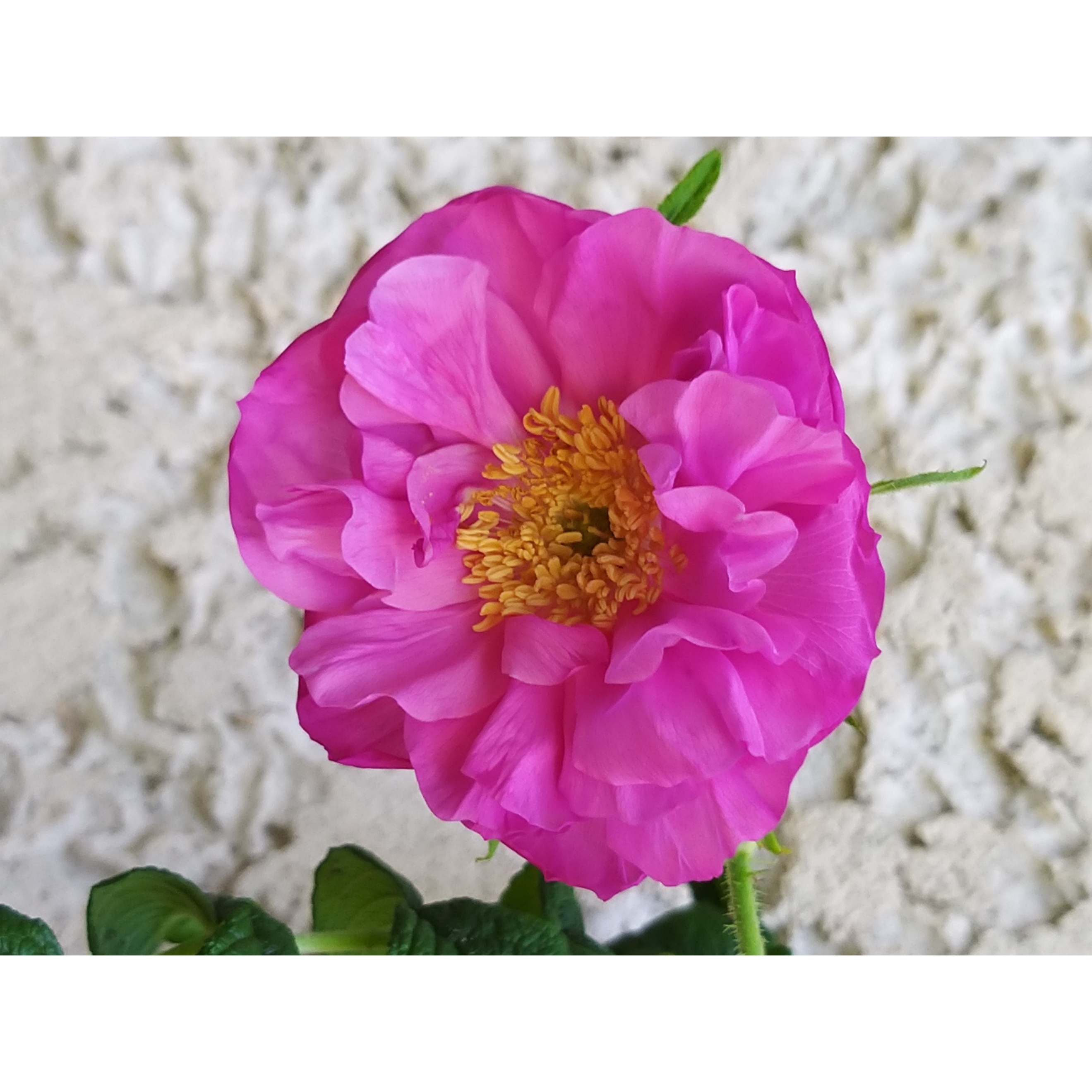
Thierry P.

Floraison de mai - image 8
Thierry P. • 84 FR
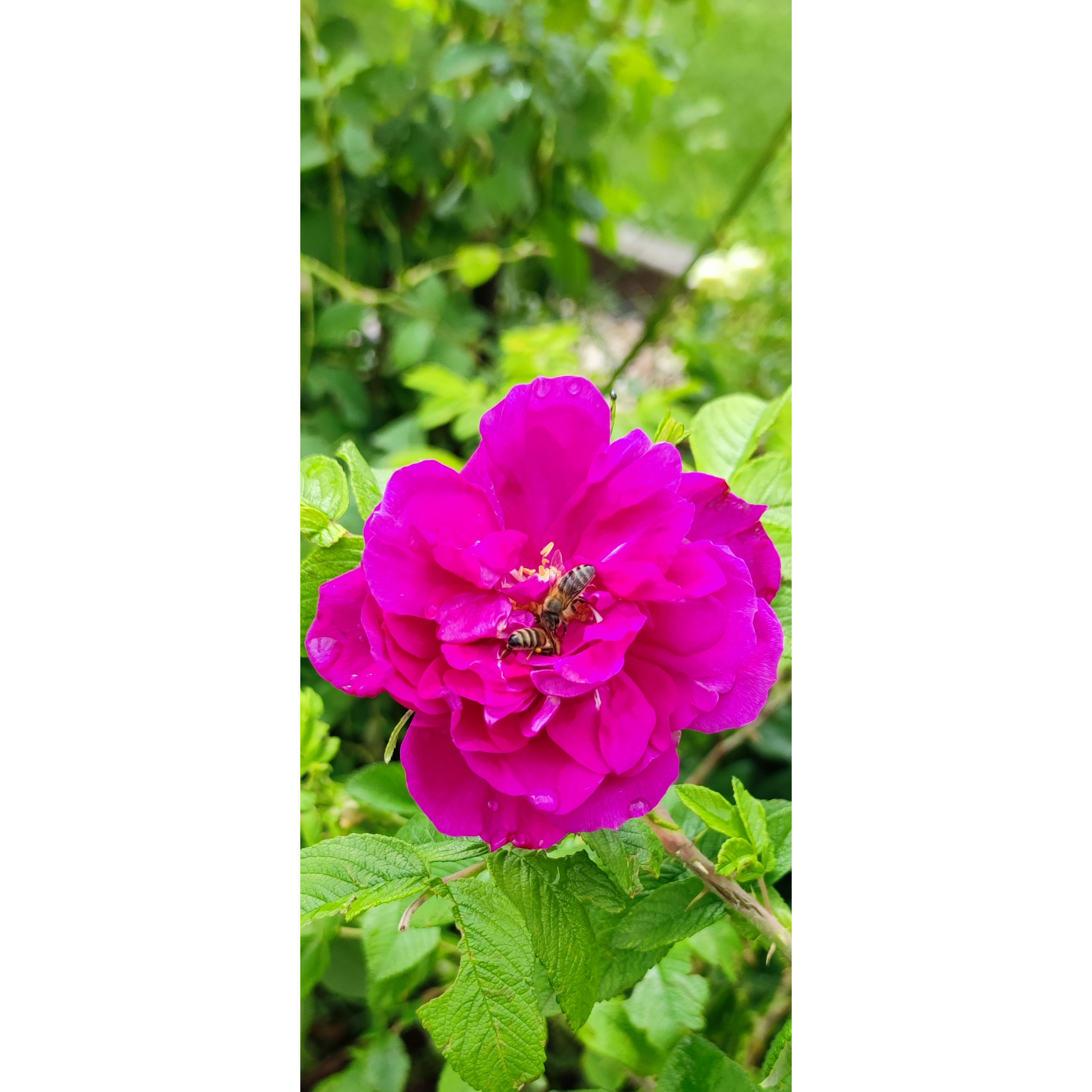
Elisabeth M.

rosengartenhuggerwald510
Elisabeth M. • 68 FR
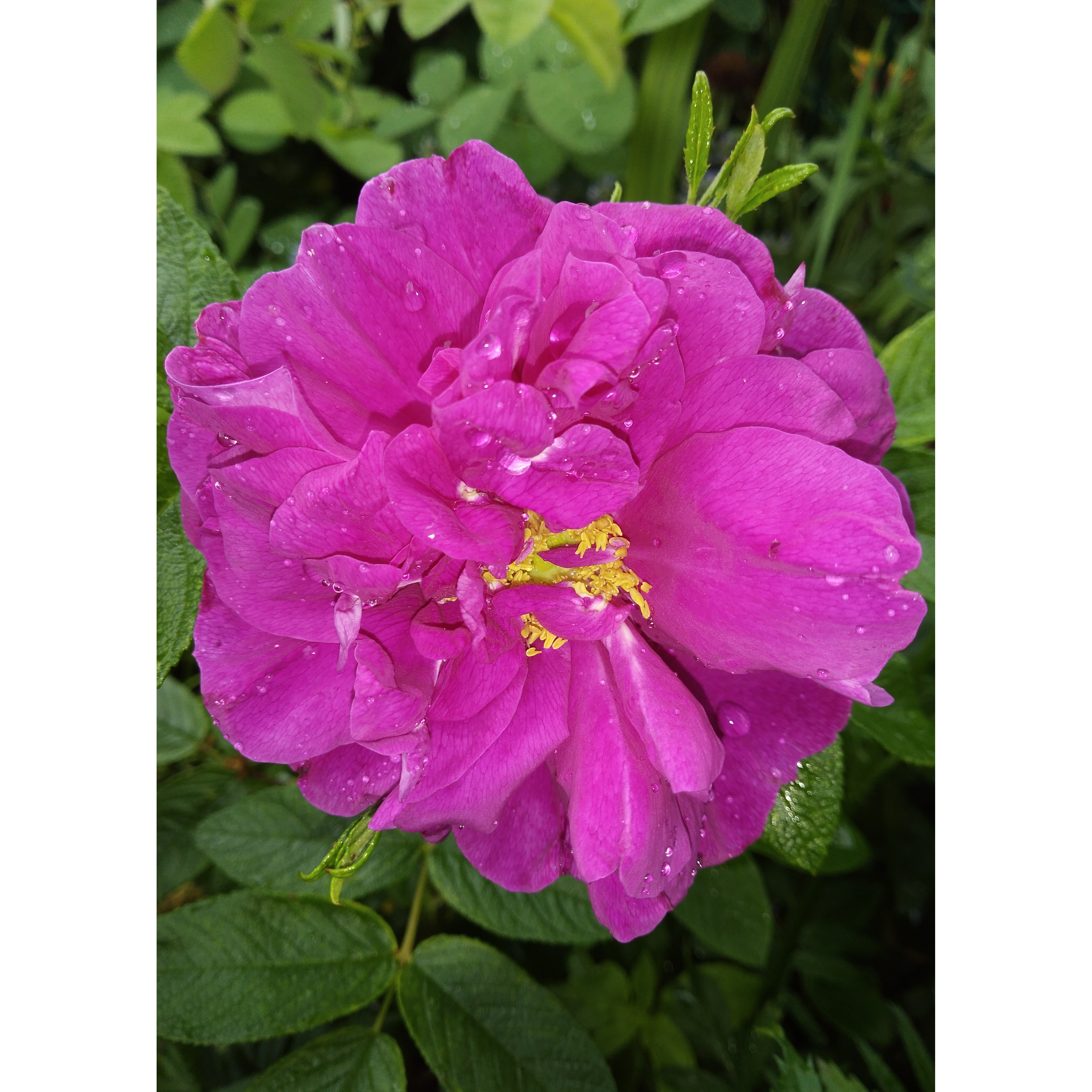
Elisabeth M.

rosengartenhiggetwald510
Elisabeth M. • 68 FR
Rosa x rugosa 'Roseraie de l'Haÿ' - Rugosa Rose
Rosa x rugosa Roseraie de l'Haÿ
Rugosa Rose, Japanese Rose, Ramanas Rose
Beautiful Rugosa rose with an exceptional fragrance, highly vigorous, resistant to diseases, with continuous blooming. In autumn, its leaves turn a magnificent yellow colour.
Patrick (Belgique), 09/11/2023
Order in the next for dispatch today!
Dispatch by letter from €3.90.
Delivery charge from €5.90 Oversize package delivery charge from €6.90.
More information
This item is not available in your country.
Select delivery date,
and select date in basket
This plant carries a 24 months recovery warranty
More information
We guarantee the quality of our plants for a full growing cycle, and will replace at our expense any plant that fails to recover under normal climatic and planting conditions.
From €5.90 for pickup delivery and €6.90 for home delivery
Express home delivery from €8.90.
From €5.90 for pickup delivery and €6.90 for home delivery
Express home delivery from €8.90.
From €5.90 for pickup delivery and €6.90 for home delivery
Express home delivery from €8.90.

Does this plant fit my garden?
Set up your Plantfit profile →
Description
The 'Roseraie de l'Haÿ' old rose first captivates with the powerful and sweet fragrance of its fully double roses, then with their intense colour. This deep purple-pink stands out against light green, wavy foliage that turns golden yellow in autumn. Like its ancestor, Rosa rugosa, it produces very thorny stems and forms a vigorous and disease-free bush. Its beautiful roses bloom abundantly in May and June and again in September. Essential in a defensive or landscape hedge and very hardy, this variety tolerates salt spray and sandy soils perfectly.
A magnificent horticultural achievement, the 'Roseraie de l'Haÿ' rose was born in 1901 and created by the Cochet brothers. It is derived, among others, from the Rosa rugosa, the Japanese Rose native to the Far East, a resident of coasts and sandy dunes endowed with remarkable hardiness. 'Roseraie de l'Haÿ' grows as a rounded bush, reaching about 2m (7ft) in all directions. Its upright and highly branched stems are brown and bristling with thorns. In late spring and summer, they bear solitary or clustered roses, 8 to 10cm (3 to 4in) in diameter, double, with a flat cup shape. The very pointed buds gradually open into flowers displaying various shades of red, dark pink, carmine, crimson, purple, and fuchsia, fading to violet. These hues are accompanied by a shiny and velvety texture and an intoxicating fragrance of old rose, honey, and cloves, perceptible from several metres away. The foliage, abundant down to the base of the plant, consists of wavy, finely cut leaves, relatively light green and shiny. As the flowering ends, the branches become beige at the end of the season, and the leaves turn a beautiful golden yellow. This rose does not produce fruit and tends to sucker.
The passion for old roses is widespread and fully justified: these roses are not only the ancestors of our modern roses but also the glory of our gardens. Rosa x rugosa 'Roseraie de l'Haÿ' is a robust rose, ideal in a bocage or defensive hedge, as the balance between foliage and flowers is perfect, and it forms a prickly mass that is difficult to cross. It can be associated with cotinus, lilacs, mock oranges, buddleias, or even viburnums, shrubs with a rustic character and just as easy to grow. Its intense and floral fragrance is worthy of a scented garden. Finally, it is an excellent coastal bush to be planted in the front row but in moist soil.
Rosa x rugosa 'Roseraie de l'Haÿ' - Rugosa Rose in pictures
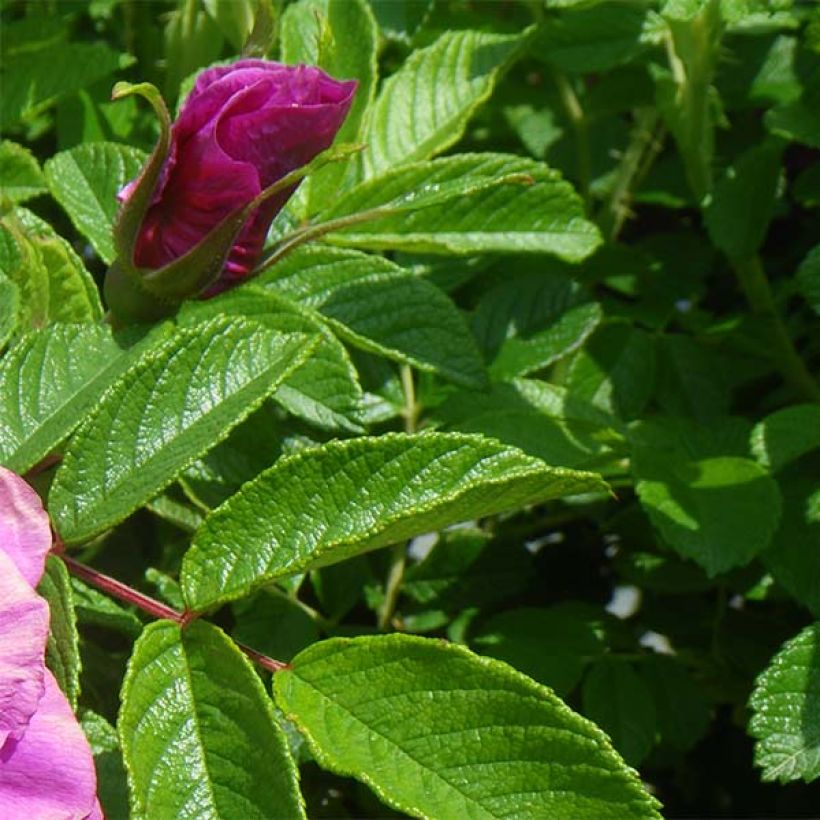

Plant habit
Flowering
Foliage
Botanical data
Rosa
x rugosa
Roseraie de l'Haÿ
Rosaceae
Rugosa Rose, Japanese Rose, Ramanas Rose
Cultivar or hybrid
Planting and care
The 'Roseraie de L'Haÿ' rose is undemanding, thriving in all regions that are not too hot, and is not afraid of disease, cold, rain or poor, occasionally dry soil. It adapts well to all types of soil, even sandy. Plant it in ordinary, well-tilled, well-drained soil in a sunny or semi-shaded position, which tolerates very well. Perfectly hardy, it can withstand temperatures as low as -20°C. This variety sometimes has a tendency to suckering, which makes it even thicker.
To plant your rosebush in a pot or the ground, cultivate the soil to a depth of 25 cubic cm, crumbling the soil well and placing a soil improver such as blood, fish and bone at the bottom of the planting hole. After removing the plant from its pot, cover the top of the root ball with 3 cm of soil, fill the hole and water copiously to remove any air pockets. In dry weather, water regularly for a few weeks to help the plant take root. Don't forget to feed your rosebush with special rose fertiliser to stimulate flowering.
Roses may develop unsightly spots at the end of summer, but this is a natural occurrence and doesn't harm the rose's growth.
Planting period
Intended location
Care
- , onOrder confirmed
Reply from on Promesse de fleurs
Rosiers Parfumés
Haven't found what you were looking for?
Hardiness is the lowest winter temperature a plant can endure without suffering serious damage or even dying. However, hardiness is affected by location (a sheltered area, such as a patio), protection (winter cover) and soil type (hardiness is improved by well-drained soil).

Photo Sharing Terms & Conditions
In order to encourage gardeners to interact and share their experiences, Promesse de fleurs offers various media enabling content to be uploaded onto its Site - in particular via the ‘Photo sharing’ module.
The User agrees to refrain from:
- Posting any content that is illegal, prejudicial, insulting, racist, inciteful to hatred, revisionist, contrary to public decency, that infringes on privacy or on the privacy rights of third parties, in particular the publicity rights of persons and goods, intellectual property rights, or the right to privacy.
- Submitting content on behalf of a third party;
- Impersonate the identity of a third party and/or publish any personal information about a third party;
In general, the User undertakes to refrain from any unethical behaviour.
All Content (in particular text, comments, files, images, photos, videos, creative works, etc.), which may be subject to property or intellectual property rights, image or other private rights, shall remain the property of the User, subject to the limited rights granted by the terms of the licence granted by Promesse de fleurs as stated below. Users are at liberty to publish or not to publish such Content on the Site, notably via the ‘Photo Sharing’ facility, and accept that this Content shall be made public and freely accessible, notably on the Internet.
Users further acknowledge, undertake to have ,and guarantee that they hold all necessary rights and permissions to publish such material on the Site, in particular with regard to the legislation in force pertaining to any privacy, property, intellectual property, image, or contractual rights, or rights of any other nature. By publishing such Content on the Site, Users acknowledge accepting full liability as publishers of the Content within the meaning of the law, and grant Promesse de fleurs, free of charge, an inclusive, worldwide licence for the said Content for the entire duration of its publication, including all reproduction, representation, up/downloading, displaying, performing, transmission, and storage rights.
Users also grant permission for their name to be linked to the Content and accept that this link may not always be made available.
By engaging in posting material, Users consent to their Content becoming automatically accessible on the Internet, in particular on other sites and/or blogs and/or web pages of the Promesse de fleurs site, including in particular social pages and the Promesse de fleurs catalogue.
Users may secure the removal of entrusted content free of charge by issuing a simple request via our contact form.
The flowering period indicated on our website applies to countries and regions located in USDA zone 8 (France, the United Kingdom, Ireland, the Netherlands, etc.)
It will vary according to where you live:
- In zones 9 to 10 (Italy, Spain, Greece, etc.), flowering will occur about 2 to 4 weeks earlier.
- In zones 6 to 7 (Germany, Poland, Slovenia, and lower mountainous regions), flowering will be delayed by 2 to 3 weeks.
- In zone 5 (Central Europe, Scandinavia), blooming will be delayed by 3 to 5 weeks.
In temperate climates, pruning of spring-flowering shrubs (forsythia, spireas, etc.) should be done just after flowering.
Pruning of summer-flowering shrubs (Indian Lilac, Perovskia, etc.) can be done in winter or spring.
In cold regions as well as with frost-sensitive plants, avoid pruning too early when severe frosts may still occur.
The planting period indicated on our website applies to countries and regions located in USDA zone 8 (France, United Kingdom, Ireland, Netherlands).
It will vary according to where you live:
- In Mediterranean zones (Marseille, Madrid, Milan, etc.), autumn and winter are the best planting periods.
- In continental zones (Strasbourg, Munich, Vienna, etc.), delay planting by 2 to 3 weeks in spring and bring it forward by 2 to 4 weeks in autumn.
- In mountainous regions (the Alps, Pyrenees, Carpathians, etc.), it is best to plant in late spring (May-June) or late summer (August-September).
The harvesting period indicated on our website applies to countries and regions in USDA zone 8 (France, England, Ireland, the Netherlands).
In colder areas (Scandinavia, Poland, Austria...) fruit and vegetable harvests are likely to be delayed by 3-4 weeks.
In warmer areas (Italy, Spain, Greece, etc.), harvesting will probably take place earlier, depending on weather conditions.
The sowing periods indicated on our website apply to countries and regions within USDA Zone 8 (France, UK, Ireland, Netherlands).
In colder areas (Scandinavia, Poland, Austria...), delay any outdoor sowing by 3-4 weeks, or sow under glass.
In warmer climes (Italy, Spain, Greece, etc.), bring outdoor sowing forward by a few weeks.